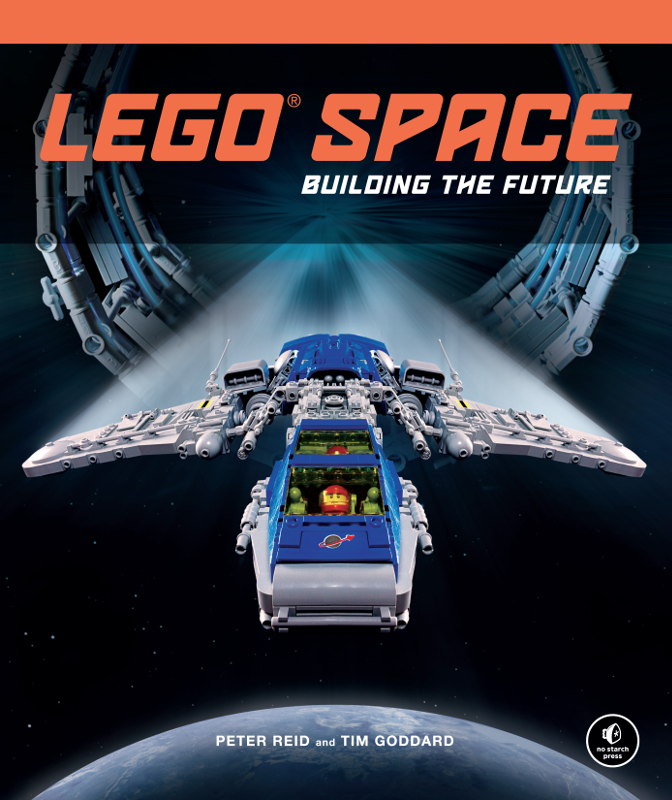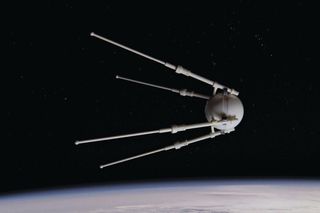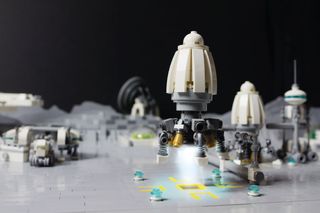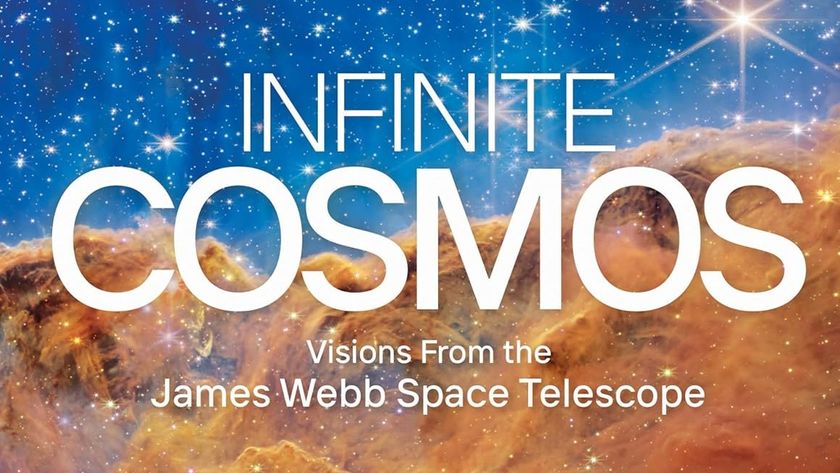Artists Use LEGOs to Build Vision of Future Spaceflight in New Book (Photos)

Two artists built their vision of the future of human spaceflight brick by brick, and you can see it in a new book.
"LEGO Space: Building the Future" (No Starch Press, 2013) details Peter Reid and Tim Goddard's unique idea of a fictional future world of space travel. The new book — set for release in November — details an incredible fantasy universe filled with future space stations, robots and inventive spacecraft built from repurposed LEGO sets.
The book — which took two years to write — tells the story of The Federation, a fictional international group of space explorers that travel the universe in a wide variety of ships and locations. Each member of the federation has a particular job, which Reid and Goddard outline in the book's narrative. [See photos from "LEGO Space: Building the Future"]
"The narrative evolved and grew in quite an interesting way," Reid told SPACE.com via email. "We began with a rough idea of the direction the story might take, and a handful of models that we'd already built. Of course, the story took its own course, and we had to build lots of new models and dioramas to fit in with the story."

Reid and Goddard pay homage to the past from the very beginning of the book. A LEGO Sputnik — the first artificial satellite to orbit Earth — is featured prominently in the first few pages of the book, and a somewhat lonely-looking Mars rover Curiosity built from LEGOs roams the Red Planet.
From there, however, Goddard and Reid really let their creativity shine. They developed their idea for The Federation using a combination of real and fictional notions of spaceflight.
"We needed to try and bring order to the vague backstory from old LEGO space sets," Reid said. "The Federation grew from the space administrations of the present-day. They act as a united government, working in space for the benefit of mankind. They are the good guys, the hotshot pilots and brilliant scientists who explore the solar system."
Get the Space.com Newsletter
Breaking space news, the latest updates on rocket launches, skywatching events and more!
To build the models in the book, Reid and Goddard used a combination of their own childhood LEGO collections and other specific pieces they bought online.

While Goddard and Reid aren't sure how many LEGO sets it took to create the world in the book, they did have to use some creative methods for building their vision from the tiny plastic bricks.
"The beauty of working with LEGO is the sets are just a starting point," Goddard said. "Once you've followed the instructions and built the model on the box, you can take it apart and start using your imagination to build something bigger and better."
Reid and Goddard have included sets of building instructions within the book to help fans build the ships, stations and other aspects of their future world at home. You can order the book on Amazon.com.
Follow Miriam Kramer @mirikramer and Google+. Follow us @Spacedotcom, Facebook and Google+. Original article on SPACE.com.
Join our Space Forums to keep talking space on the latest missions, night sky and more! And if you have a news tip, correction or comment, let us know at: community@space.com.

Miriam Kramer joined Space.com as a Staff Writer in December 2012. Since then, she has floated in weightlessness on a zero-gravity flight, felt the pull of 4-Gs in a trainer aircraft and watched rockets soar into space from Florida and Virginia. She also served as Space.com's lead space entertainment reporter, and enjoys all aspects of space news, astronomy and commercial spaceflight. Miriam has also presented space stories during live interviews with Fox News and other TV and radio outlets. She originally hails from Knoxville, Tennessee where she and her family would take trips to dark spots on the outskirts of town to watch meteor showers every year. She loves to travel and one day hopes to see the northern lights in person. Miriam is currently a space reporter with Axios, writing the Axios Space newsletter. You can follow Miriam on Twitter.











